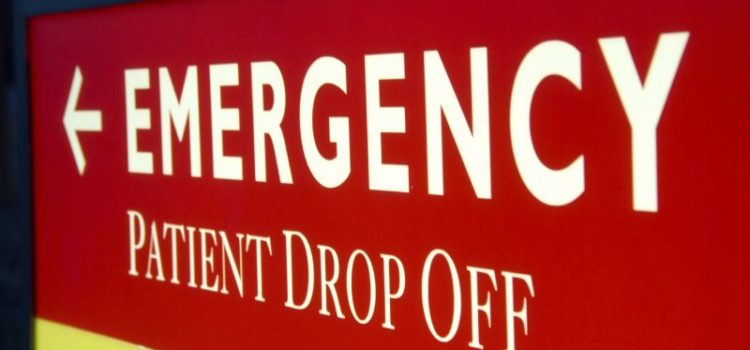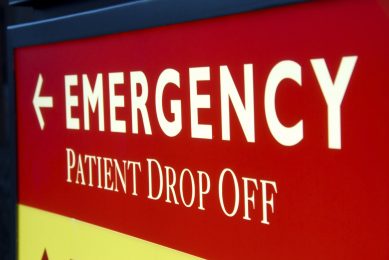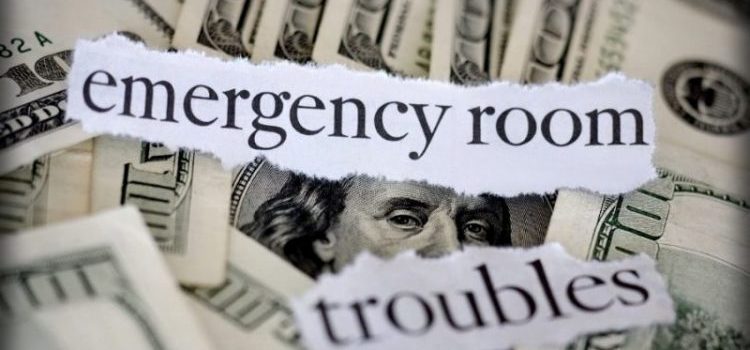In spite of the fact that urgent care was overlooked as an essential partner in the fight against COVID-19 in the early days of the pandemic, the virus had a major impact on the complaints that drove patients to visit an urgent care center. In fact, according to JUCM research, most of 2019’s top 5 chief complaints fell by at least half as a proportion of all urgent care visits. COVID-19, which was essentially a …
Read More
The Good News: Urgent Care Visits Are Climbing in the New Year
As we’ve noted in recent weeks, urgent care had a tough time of it through much of 2020, from challenges in receiving COVID-19 testing supplies to patients who were unnecessarily afraid to visit their local urgent care center. Now, though, in spite of again being overlooked as a potentially valuable partner in vaccinating the country against the virus, visits to urgent care centers are actually up 67% vs the previous 3-year average according to data …
Read MoreUrgent Care Seasonality: Monthly Average Visits as a Percentage of Average Daily Visits
The following chart, based data from a Practice Velocity study of more than 20,000,000 patient visits over a 5-year period, shows that urgent care exhibits a strong pattern of seasonality. The average daily visits in each month vary from average daily visits over the course of a year. For example, on an average day in July, there are 14% fewer patients than the baseline number, whereas in an average day in December, there are 25% …
Read More
Data: Option to Visit Urgent Care Lowers Visits to EDs
Markets where there are higher concentrations of urgent care centers have lower emergency room visit rates, according to a new survey from the Deloitte Center for Health Solutions. Not unexpectedly, the inverse relationship was also shown; areas where urgent care centers are less concentrated tend to have higher ED visit rates, as well as larger uninsured and Medicaid populations. Industry watchers are eager to see how the numbers trend, as urgent care continues to emerge …
Read More
More Data Show Millennials May Be Ripe for Urgent Care
Yet another study indicates that “millennials”—individuals between 18 and 36 years of age—have a tough time affording basic healthcare costs (including insurance, in many cases). One out of five says they can’t afford routine health costs, while an additional 26% say they can afford routine healthcare costs, but with difficulty. The Harris Poll found that 70% consider cost to be a “very important” factor when looking for healthcare, and that 16% do not intend to …
Read More
Encourage a Seasonal Surge by Courting Vacationers
Many urgent care centers are well prepared to administer travel-related vaccines for tourists bound for the Olympics or ready to set sail on a cruise. What about closer to home, though? With school out and vacationing in, would the first aid center at the water park and the manager of that motel off the interstate think of your urgent care center when they need to refer a guest who needs immediate care? You should 1) …
Read More
New Data: Nonemergent Patients Still Getting Admitted Through the ED
Patients who don’t need to be visiting the emergency room at all are too often not only evaluated, but admitted into the hospital through the ED. Some even wind up in critical care units, according to a new study published in JAMA Internal Medicine. While some patients may be heading to the ED because they’re unsure of the most appropriate setting for their symptoms, others claim lack of access to primary care as the main …
Read More
Pilot Program Allows Tricare Members to Report Directly to Urgent Care
Military members and their families covered under Tricare Prime, Tricare Prime Remote, or Tricare Young Adult–Prime will be allowed two urgent care visits without a referral per year, thanks to a pilot program starting May 23. Right now, beneficiaries need a referral before going to urgent care. Delays in getting appointments with a primary care provider have been a common complaint among military families for years, putting pressure on the Department of Defense to reconsider …
Read More
San Diego Drowning in Flood of Nonemergent ED Visits
More than half of visits to emergency rooms in California’s San Diego County hospitals between 2004 and 2014 were for complaints that were nonemergent, according to the county Health and Human Services Agency there. Overall volume swelled by 40% over that time, despite population growth of just 7% in the nation’s eighth largest city. The problem has gotten so bad that civic leaders staged a media blitz, imploring residents through newspapers and television news to …
Read More